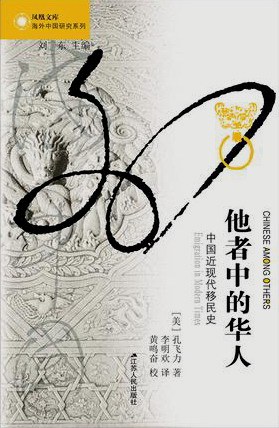Japanese industries then looked toward Southeast Asia for expanded markets and for strategic raw materials such as rubber and iron. Japanese shipping competed for routes formerly dominated by European powers. Competition for markets and shipping routes intensified during the 1920s but without any ideological or strategic intention of displacing the West politically. Japan’s “southward advance” (nanshin) as yet had no connection either to slogans of “anti-imperialism” or of pan-Asianism.

